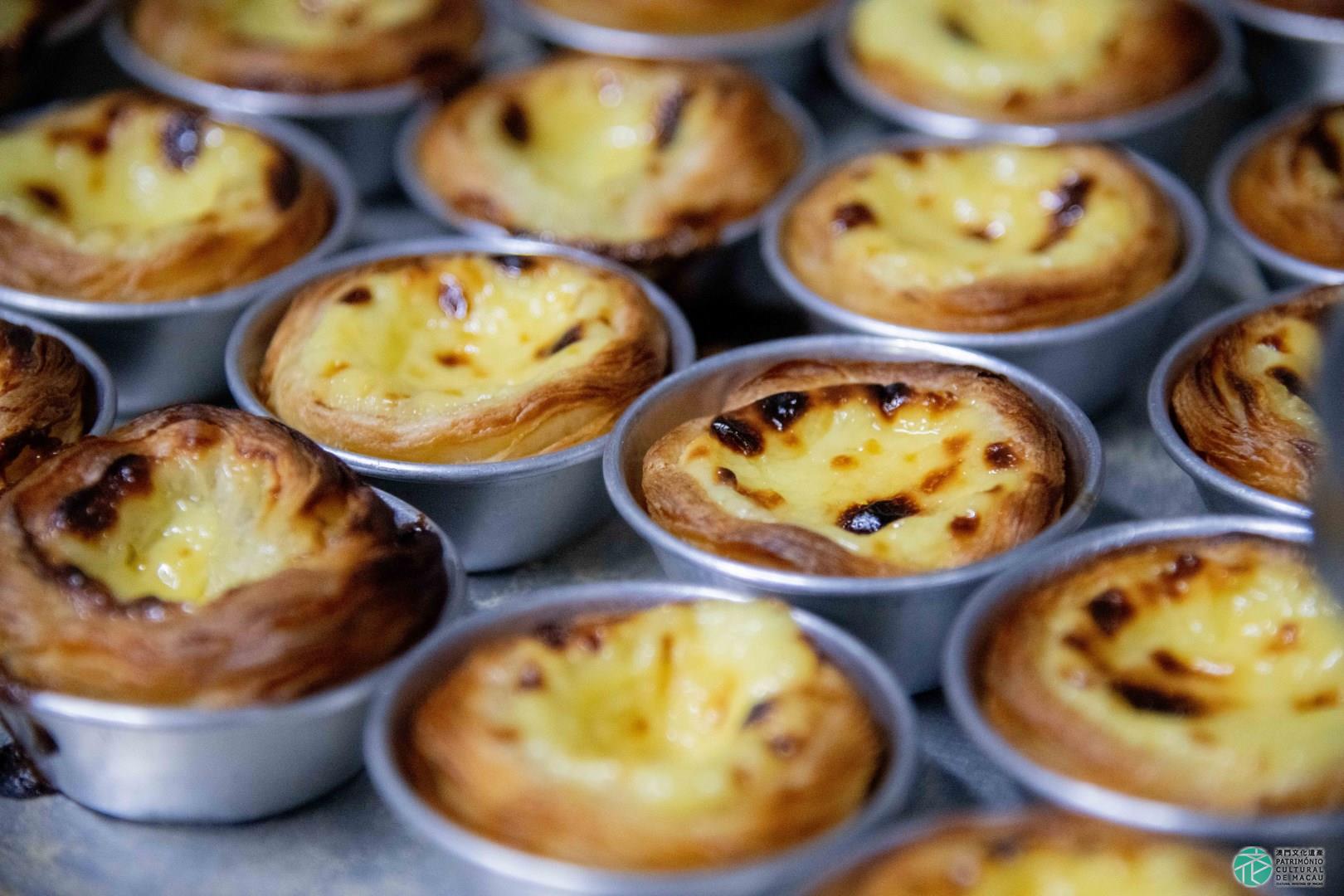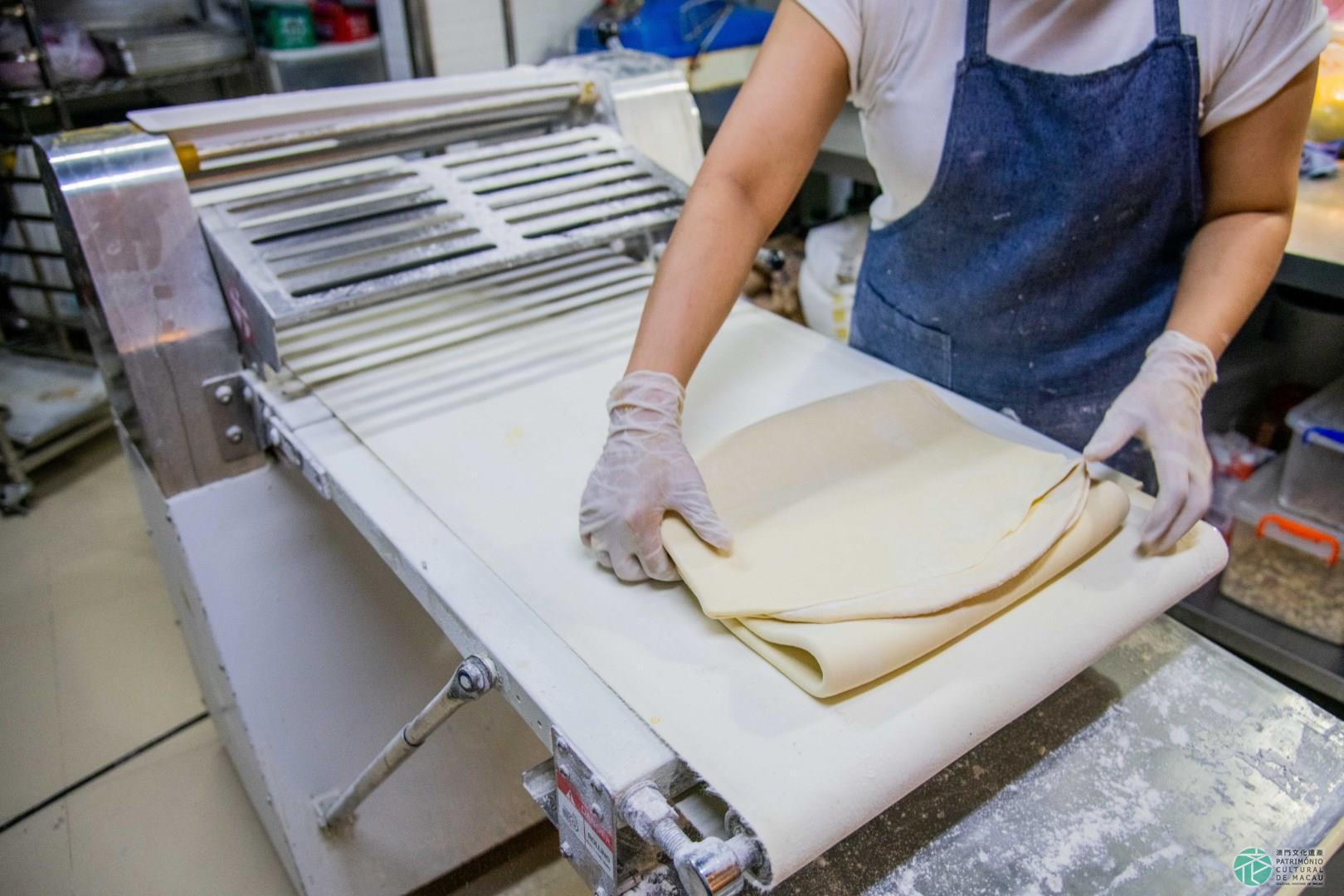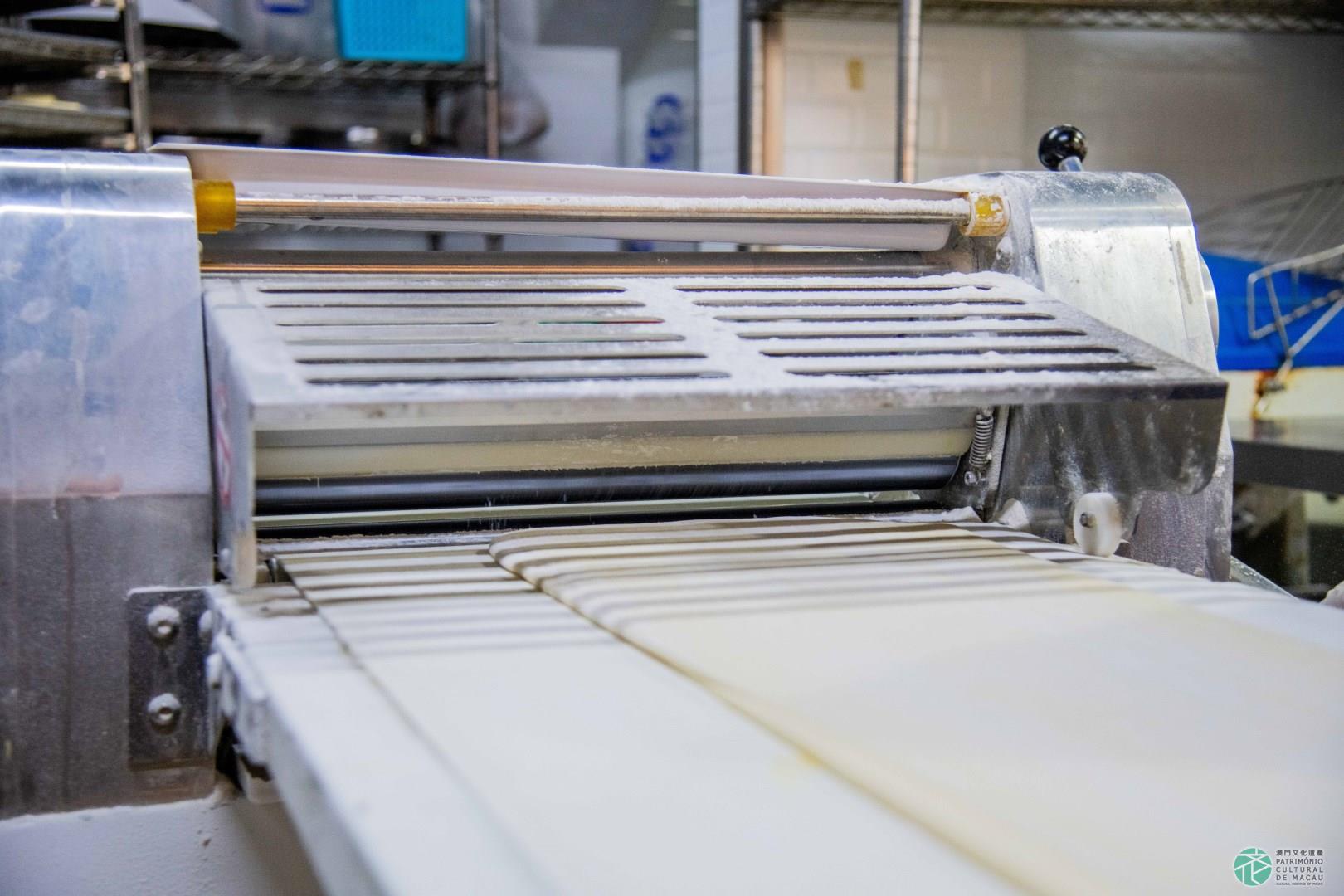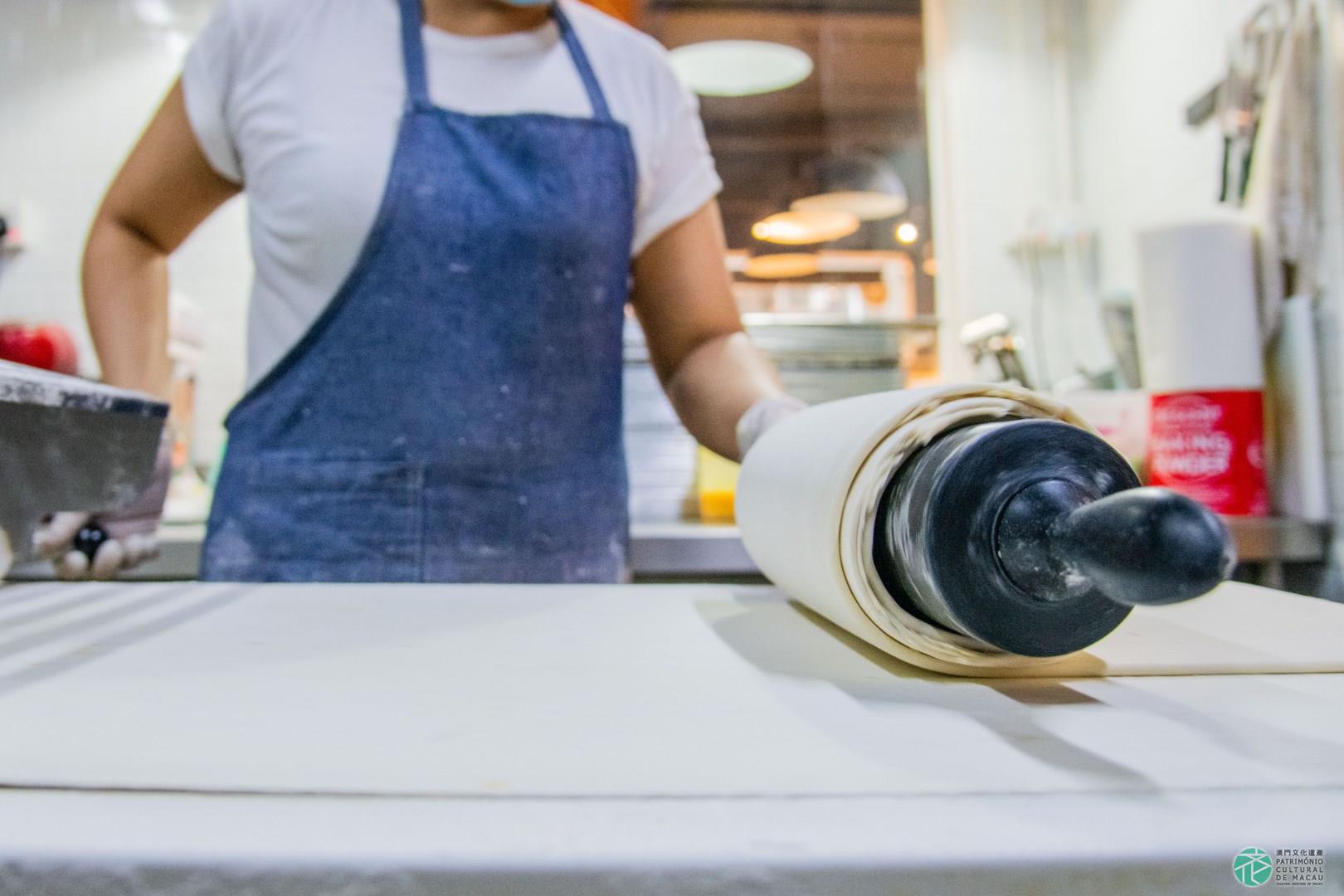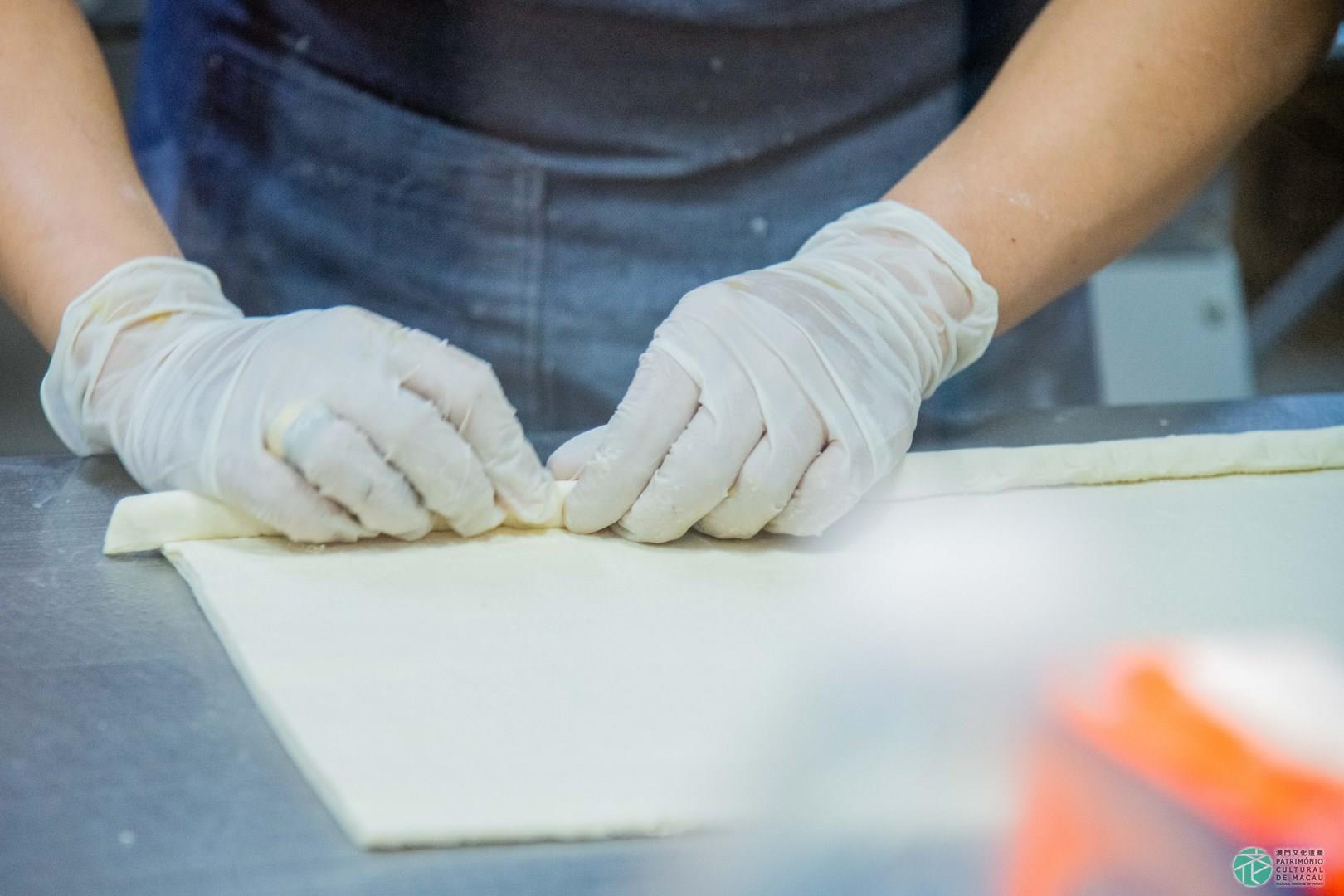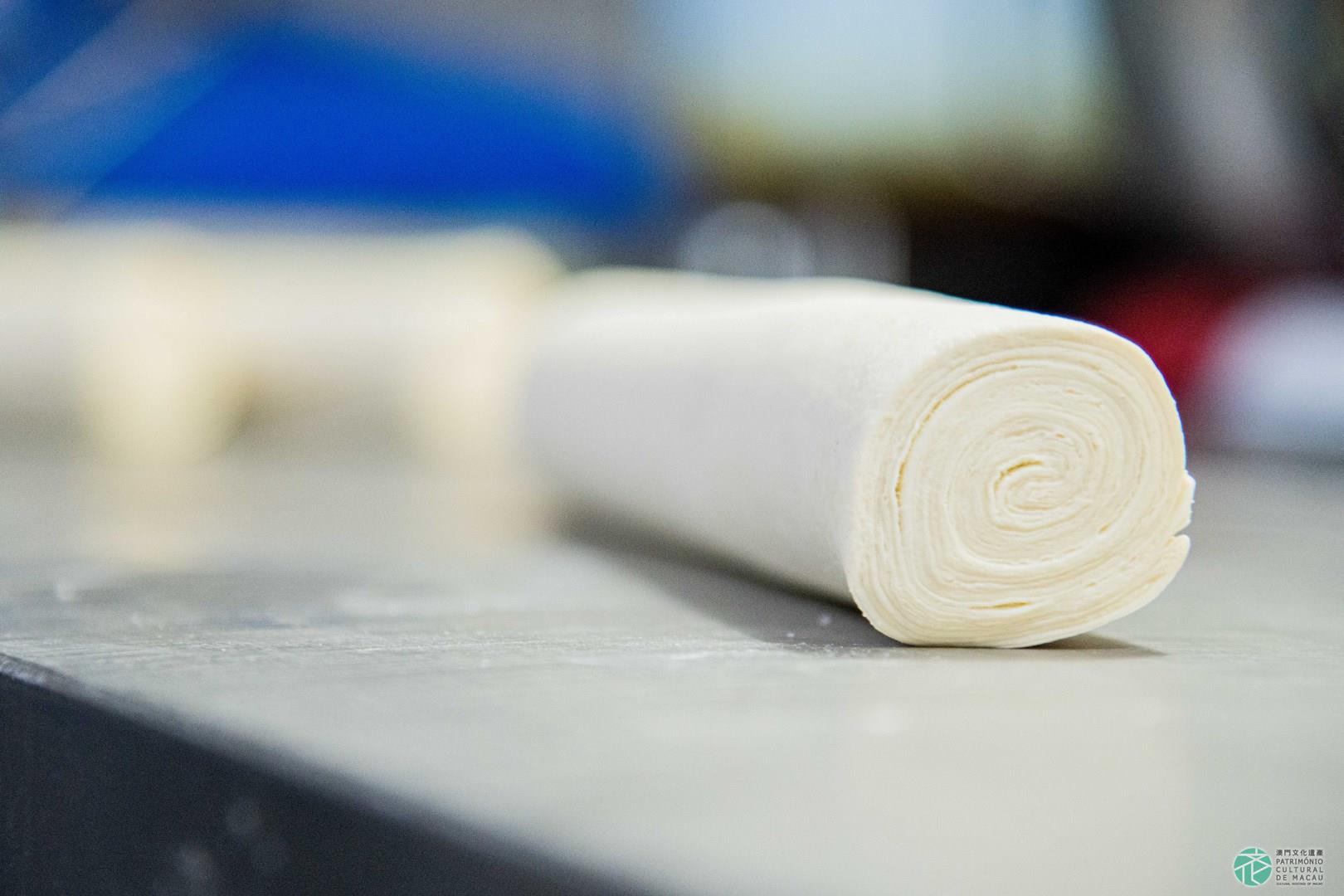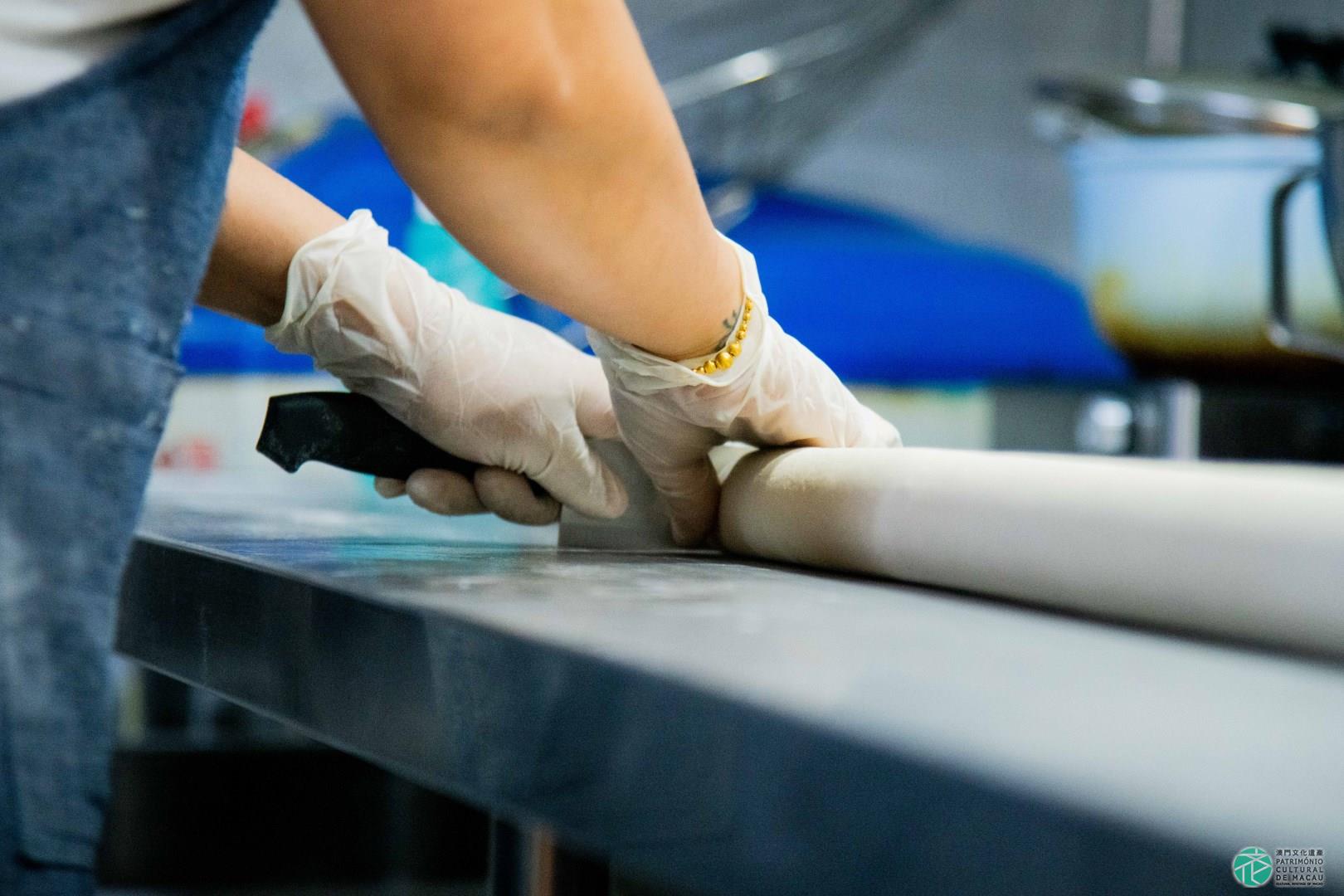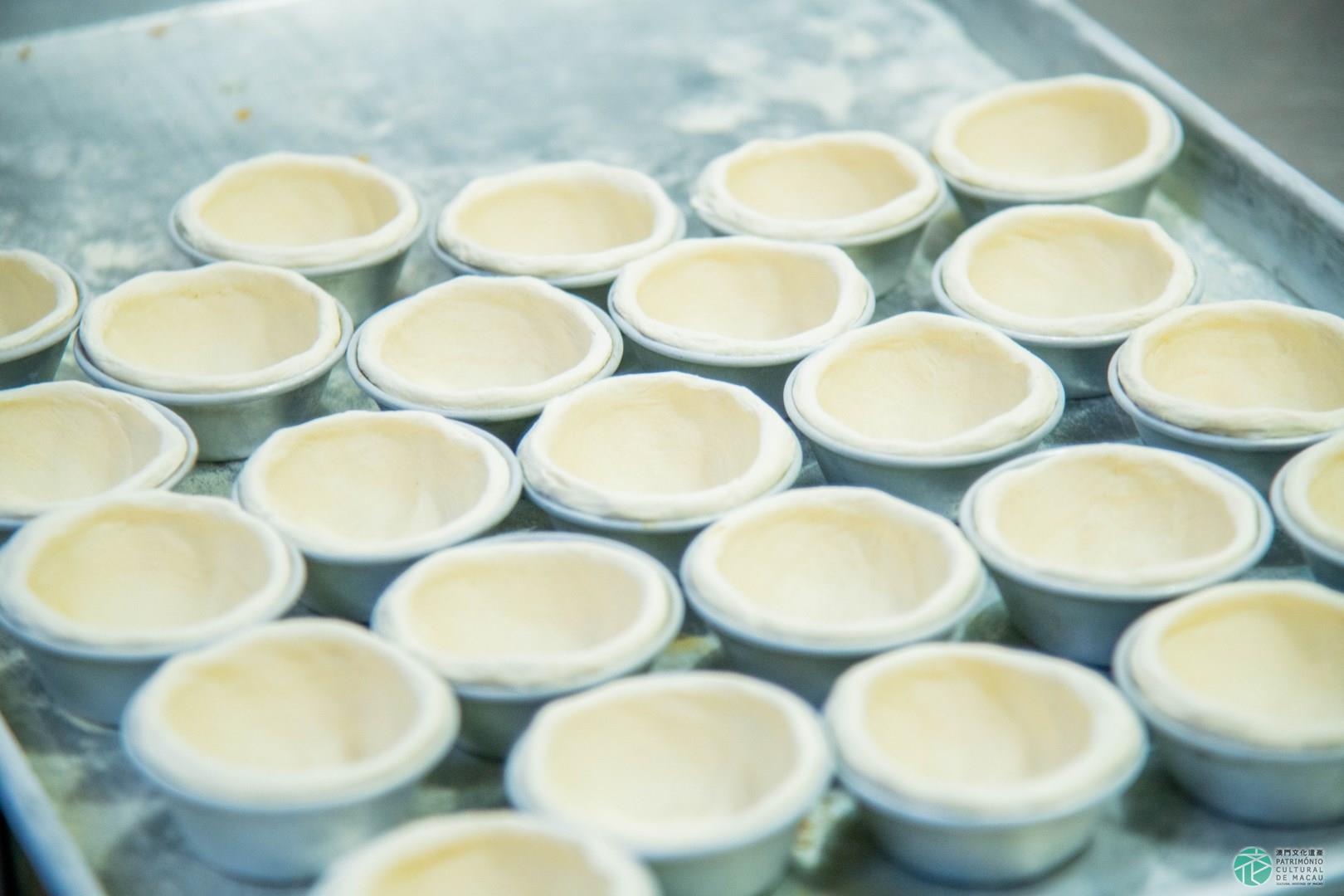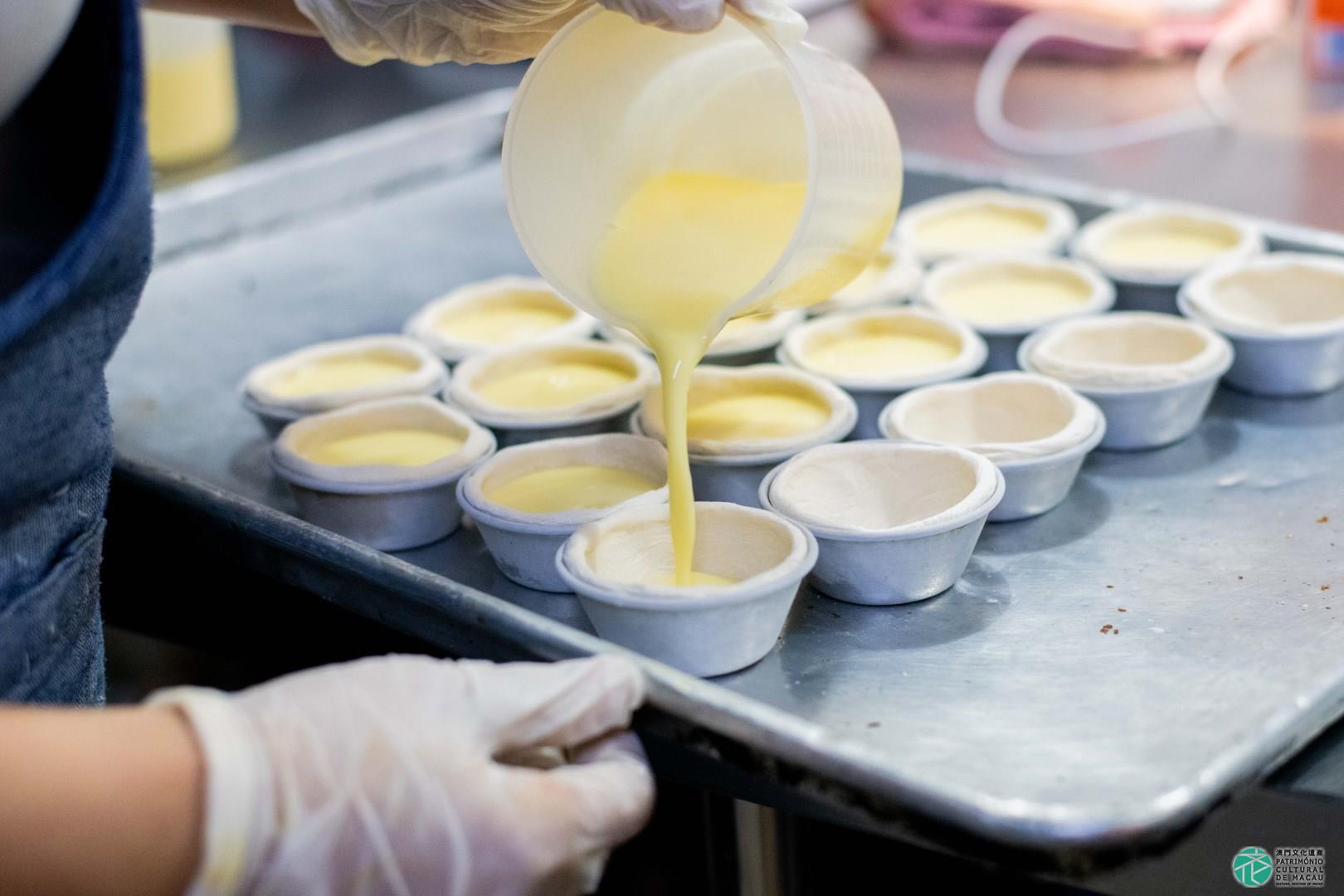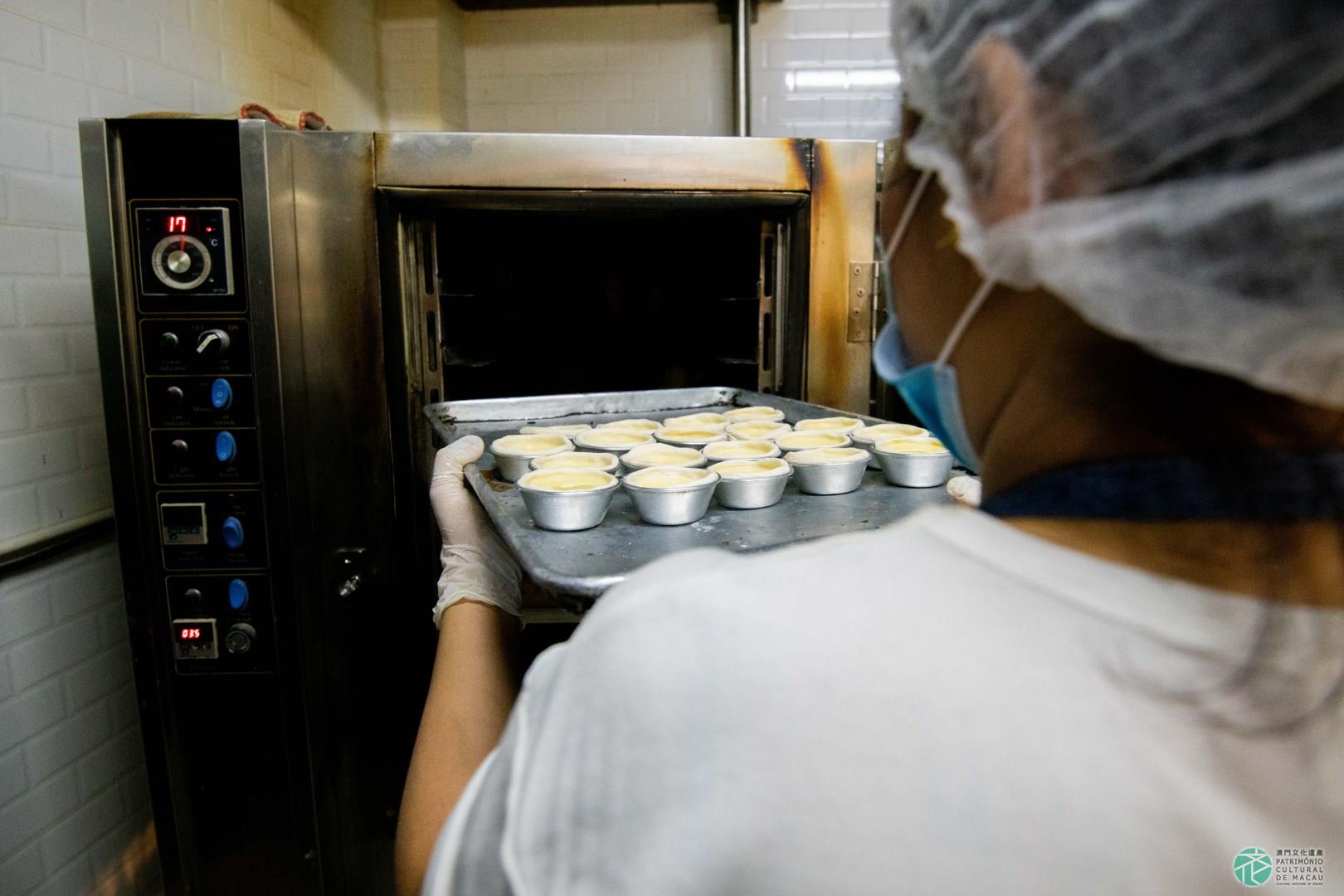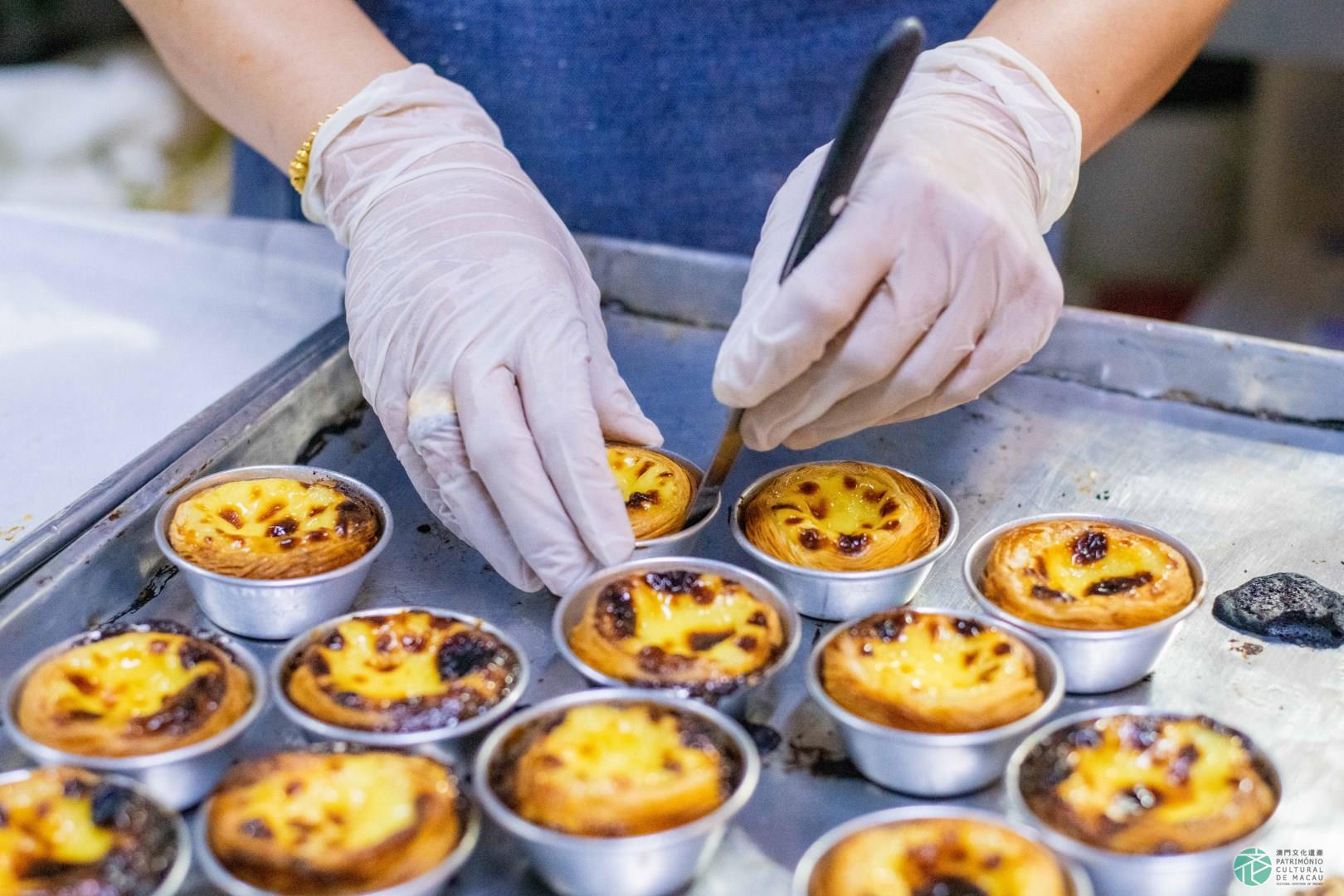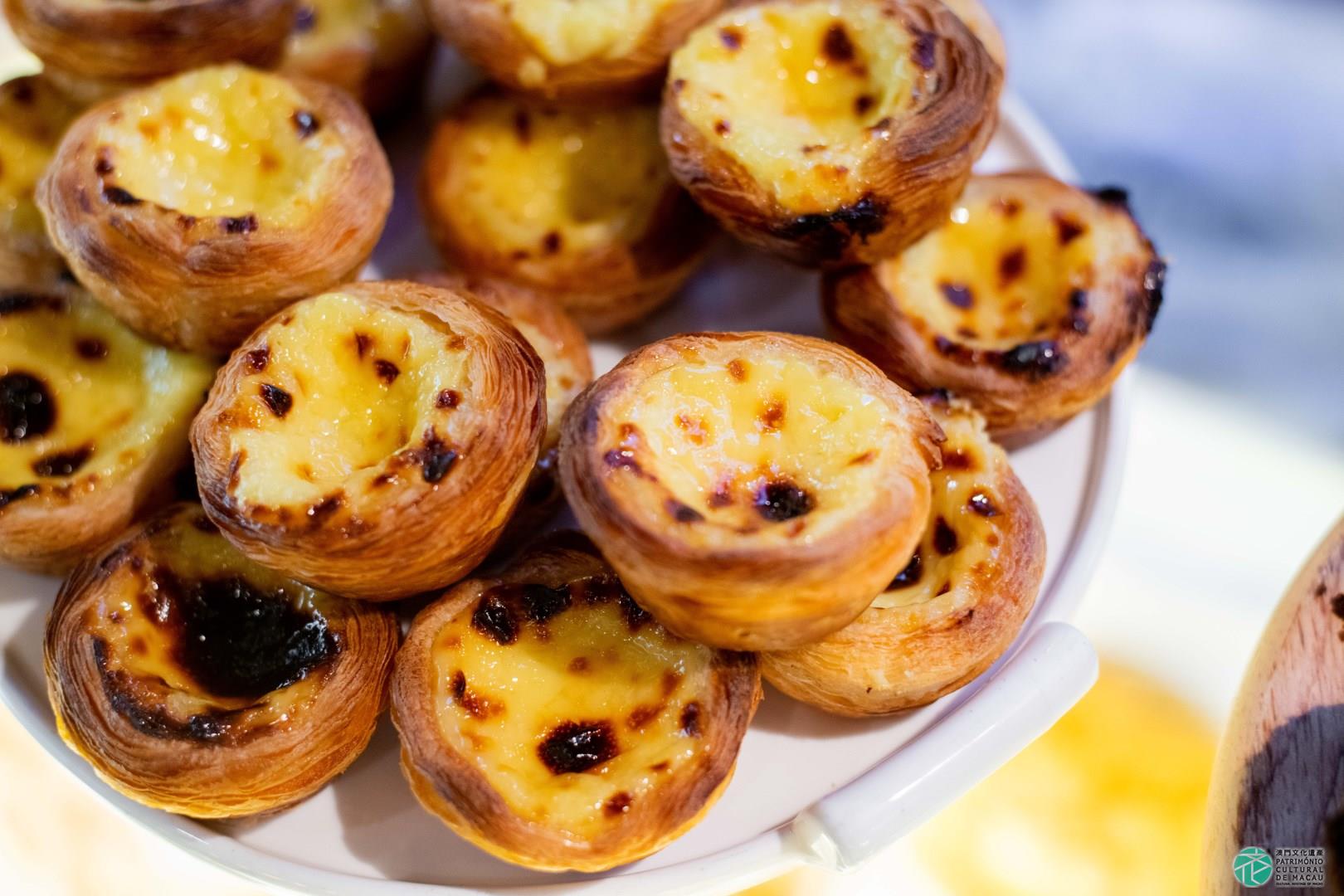Introduction:
The custard tart is a traditional Portuguese pastry that was reinterpreted in Macao with local characteristics. It’s an egg tart with a crisp pastry crust and a caramel flavored topping made of flour, butter, egg, milk, cream and sugar. It is a typical pastry that is very popular in Macao. The making of the custard tart involves two separate steps, namely the making of the outer pastry crust and the confection of the inner egg custard. Low gluten flour is first mixed by pastry chefs with butter and kneaded to make the dough. The dough is then folded repeatedly and left to rest, and then being cut into smaller pieces and placed in a mold to form the pastry crust. Milk and sugar are then stirred and mixed with yolk and cream. The mixture is filtered to remove the coarse flour particles and then is refrigerated until it thickens. The prepared pastry crust is then filled with the prepared egg custard and cooked in the oven. Freshly made custard tarts have an intense aroma and sweet flavour that is very appealing. Its most distinctive features are the crispy pastry crusts and the golden egg custard on top.
Conservation Status:
Macao custard tarts are based on a traditional Portuguese recipe that has a long history, with the local version being very popular in Macao. Nowadays, there are numerous pastry shops in Macao that produce custard tarts, with the original recipe having evolved to integrate local characteristics, with a crisp pastry crust filled with a cream of caramel flavor. Each pastry shop has their own recipe, proportion of ingredients and their own techniques. Custard tarts have become a representative dessert of Macao with local characteristics, being enjoyed by both local residents and tourists alike. Their fame has motivated more people to learn how to make this specialty, thereby enabling the transmission and continuity of the confection of this local delicacy.
Heritage Value:
The custard tart is a traditional typical Portuguese sweet, that served as the basis for the version that we see in Macao and that has unique local characteristics. The Macao version of the custard tarts are also good representatives about the diversity of the local gastronomic culture, also having significant value for the study of local food culture.
